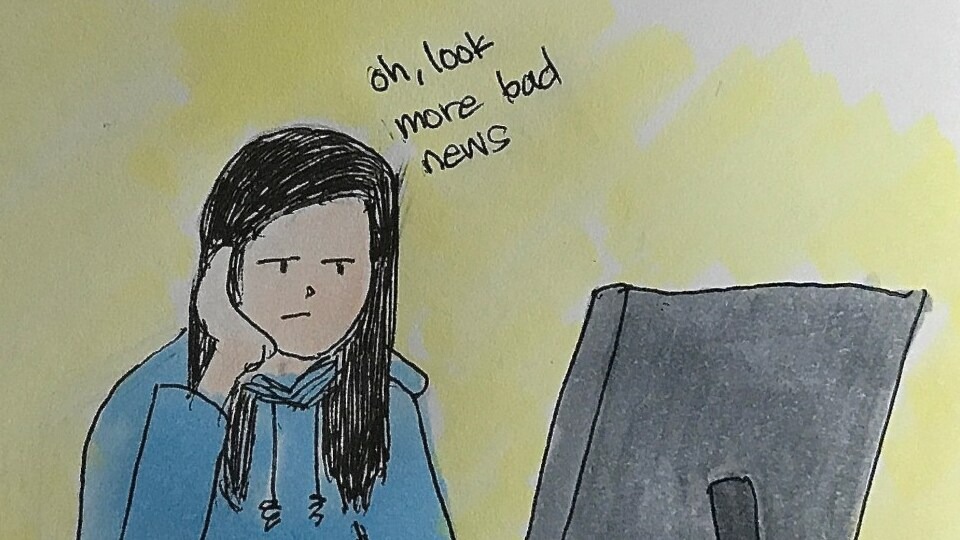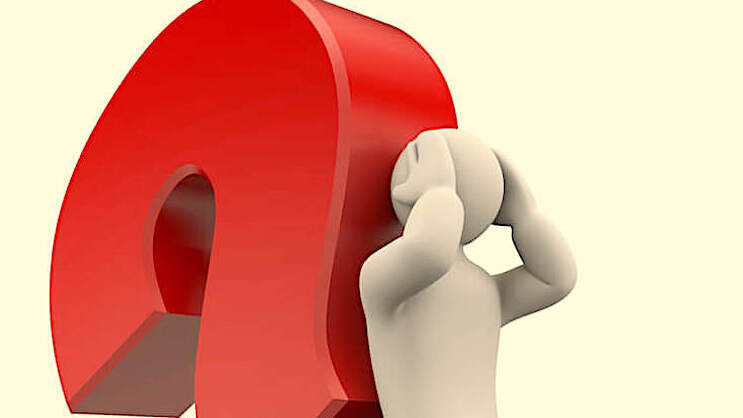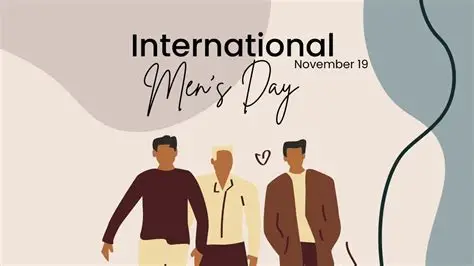Click, Clack, Tap: Life and Work in the Age of Typewriters and Shorthand

There was a time when offices were alive with a distinctive symphony: the click, clack, tap of typewriter keys, the soft scratching of pens across paper, and the rhythmic scratching of shorthand notes captured in ink. It was a world governed not by computers or instant messaging but by human skill, attention, and patience. Every letter, memo, or report was a small performance, a careful choreography between thought, hand, and machine.
The typewriter and shorthand were more than tools; they were symbols of professionalism and gateways to opportunity. From secretaries managing bustling offices to journalists racing to meet deadlines, mastery of these skills shaped careers, culture, and even social expectations. Museums like the Smithsonian National Museum of American History and collections at the International Typewriter Museum preserve these relics, reminding us of an era when work was tangible, deliberate, and profoundly human.
The Typewriter Revolution
Invented in the late 19th century, the typewriter transformed writing forever. It offered speed, consistency, and legibility previously unattainable by hand. For offices, it became indispensable. Rows of mechanical machines clacked away as typists, often women entering the workforce in large numbers, produced letters, reports, and manuscripts with precision and efficiency.

Source: Google
The manual typewriter demanded dexterity and discipline. Each key pressed required deliberate effort; errors were permanent unless corrected with white-out or correction tape. Mistakes slowed workflow, creating a natural check on both thought and action. The introduction of electric typewriters in the 1930s and 1940s sped up production while retaining the ritualistic satisfaction of the manual keyboard.
Collectors today treasure models like the Remington No. 2, the Underwood Standard, and the Royal Portable, each representing a unique chapter in office history. These machines were not just tools; they were companions, shaping the rhythm and character of professional life.
Shorthand: The Secret Language of Speed
While the typewriter produced neat, legible documents, shorthand allowed professionals to capture speech almost verbatim. Systems like Gregg shorthand and Pitman shorthand were taught rigorously in schools and secretarial colleges, enabling stenographers to transcribe speeches, meetings, and interviews with incredible speed.
Shorthand was a skill of precision and discretion. Court reporters used it to record proceedings in real time, while journalists relied on it to document statements and events accurately. For secretaries, it became an invaluable asset, offering employment opportunities and professional recognition in a world where literacy alone was insufficient.

The ability to read and write shorthand was also a mark of social mobility. It allowed individuals especially women to carve careers in offices, newsrooms, and legal institutions. Archives such as The British Library preserve shorthand notebooks from the early 20th century, showcasing the intricate symbols and remarkable speed with which skilled writers recorded the spoken word.
The Office as a Soundscape
Entering a mid-20th-century office was like stepping into a mechanical orchestra. The steady tap of typebars, the scratch of pens, the shuffle of papers, and the occasional ring of a telephone created a layered auditory landscape. Each sound marked productivity; each pause suggested deliberation.
This was a world where workflow and sound were inseparable. Managers gauged efficiency by the rhythm of typing. Teams coordinated tasks around these cues, and workers developed a tacit understanding of pacing and priority. The Early Office Museum notes that this environment encouraged focus, discipline, and collaboration, qualities often lost in today’s digital, notification-driven offices.
The typewriter and shorthand machine played a critical role in shaping the modern workplace, particularly for women. By the early 20th century, secretarial work became a major pathway into professional life. Competence with these tools brought respect, financial independence, and social mobility.
Women’s colleges and business schools emphasized typing speed, shorthand mastery, and clerical precision. A proficient typist could produce dozens of pages a day, while a skilled stenographer could capture entire meetings in shorthand notes. The combination of these skills made them indispensable, demonstrating a blend of technical ability and cognitive agility.
Historical collections, such as those curated by the The National Archives UK, feature employment records, training manuals, and correspondence highlighting the pivotal role of women in maintaining office operations and professional communication.
Unlike today’s digital editing, every document in the typewriter era was an act of mindful creation. Letters were typed with care, multiple copies produced via carbon paper, and revisions painstakingly corrected. Shorthand notes had to be transcribed, checked for accuracy, and often typed into final forms.
Even the act of filing carried significance. Every document had a place, every memo a proper hierarchy. The ritual of writing, duplicating, and storing documents instilled a sense of responsibility and ownership absent in today’s ephemeral digital files. This deliberate pace also trained professionals to think before they acted, a subtle skill that shaped decision-making and communication.
From Newsrooms to Boardrooms
The impact of typewriters and shorthand extended beyond offices. In newsrooms, reporters relied on shorthand to capture speeches, interviews, and court proceedings, often under tight deadlines. Typewriters transformed these notes into articles that informed the public, with every keystroke a step toward accuracy and accountability.
Boardrooms and legal offices similarly depended on these tools. Contracts, memos, and correspondence were crafted with precision, often reviewed multiple times before distribution. Mistakes were costly, both in time and credibility. These processes instilled a culture of meticulousness and reliability, qualities highly valued in professional life.
Institutions like the Museum of Printing history showcase original manuscripts, carbon copies, and typewritten drafts, giving a tangible sense of the labor and skill behind everyday communication in the pre-digital era.
The Decline and Legacy
The rise of personal computers, word processors, and digital shorthand programs in the 1980s and 1990s gradually rendered typewriters and manual shorthand obsolete. Offices shifted from physical to digital, from deliberate to instantaneous. Yet, the legacy of these tools remains.
Many modern keyboard shortcuts, transcription software, and productivity workflows trace their origins to typewriting and shorthand methods. Skills learned in this era, attention to detail, accuracy, and rhythm continue to influence professional practices today. Typists’ and stenographers’ contributions laid the foundation for contemporary office efficiency and documentation standards.
Moreover, these tools left a cultural imprint. Films, literature, and photography often celebrate typewriters and shorthand, evoking nostalgia for a time when work was tactile, deliberate, and intensely human. Collections at the International Typewriter Museum and the Smithsonian preserve these artifacts as cultural milestones, reminding us of a lost era of craftsmanship.
Reflecting on the era of typewriters and shorthand reveals lessons for the modern professional. In a world dominated by instant communication, digital editing, and endless notifications, the deliberate practices of the past offer perspective:
Patience matters: Every keystroke and shorthand note requires thought and care.
Skill is visible: Typing and shorthand mastery created tangible proof of competence.
Mistakes teach: Errors had consequences, instilling focus and responsibility.
Rhythm guides productivity: The sounds of the office created a natural workflow and pace.
These qualities remind us that technology should serve human skill, not replace it. The discipline and artistry of the pre-digital office remain relevant, especially in an era where speed often outweighs quality.
Conclusion
The age of typewriters and shorthand was more than an era of tools; it was a culture of craftsmanship, precision, and intentionality. The rhythmic click of typewriter keys, the scratch of a pen in shorthand, and the careful duplication of documents created a human-centered workflow that balanced speed with thoughtfulness.
Though digital devices dominate today, the lessons from this period endure. Attention to detail, patience, and the tangible satisfaction of creating something with skill are timeless. Museums, historical archives, and collectors preserve the artifacts, but it is the human stories—the typists, secretaries, reporters, and clerks, that truly bring this era to life.
The next time you hear a keyboard tap or transcribe a note, it is worth remembering: before screens and emails, there was click, clack, tap, and a world where work left a visible, human imprint on.
You may also like...
The Quiet Grief of Dreams That Never Happened

Read about the unspoken grief of lost dreams, generational pressure, shifting aspirations, and the emotional reality of ...
Click, Clack, Tap: Life and Work in the Age of Typewriters and Shorthand

A nostalgic look at the era of typewriters and shorthand, understanding how these pre-digital tools shaped office life, ...
The Panic of Growing Older — And the Calm That Follows

A reflection on why aging triggers quiet anxieties in early adulthood, how society amplifies that tension, and why many ...
CLOUDFLARE TECH GLITCH: ARE WE LIVING INSIDE A DIGITAL TIME BOMB?

A global outage caused by a major Cloudflare glitch briefly crippled access to various websites and top platforms like X...
The Chemistry of Emotions: Why You Feel What You Feel

Your emotions aren’t random, they’re chemistry in motion. Every heartbeat, every rush, every moment you feel deeply is p...
Affordable Chinese Cars Are Reshaping Africa's Auto Market

Brands such as Chery, Omoda, BYD, GWM, Haval, JAC, Geely, and FAW have entered the African markets and they arrived with...
Are Nigerians Becoming Desensitized to Bad News? Inside the 2025 Wave of National Fatigue

Amid kidnappings, violence, and international tension, many Nigerians are showing signs of news fatigue. Explore the rea...
“God When” Used to Be Cute, Now, It’s a Cry for Help

God when’ used to be a playful caption, but today it reflects the silent pressure, longing, and emotional fatigue many N...




